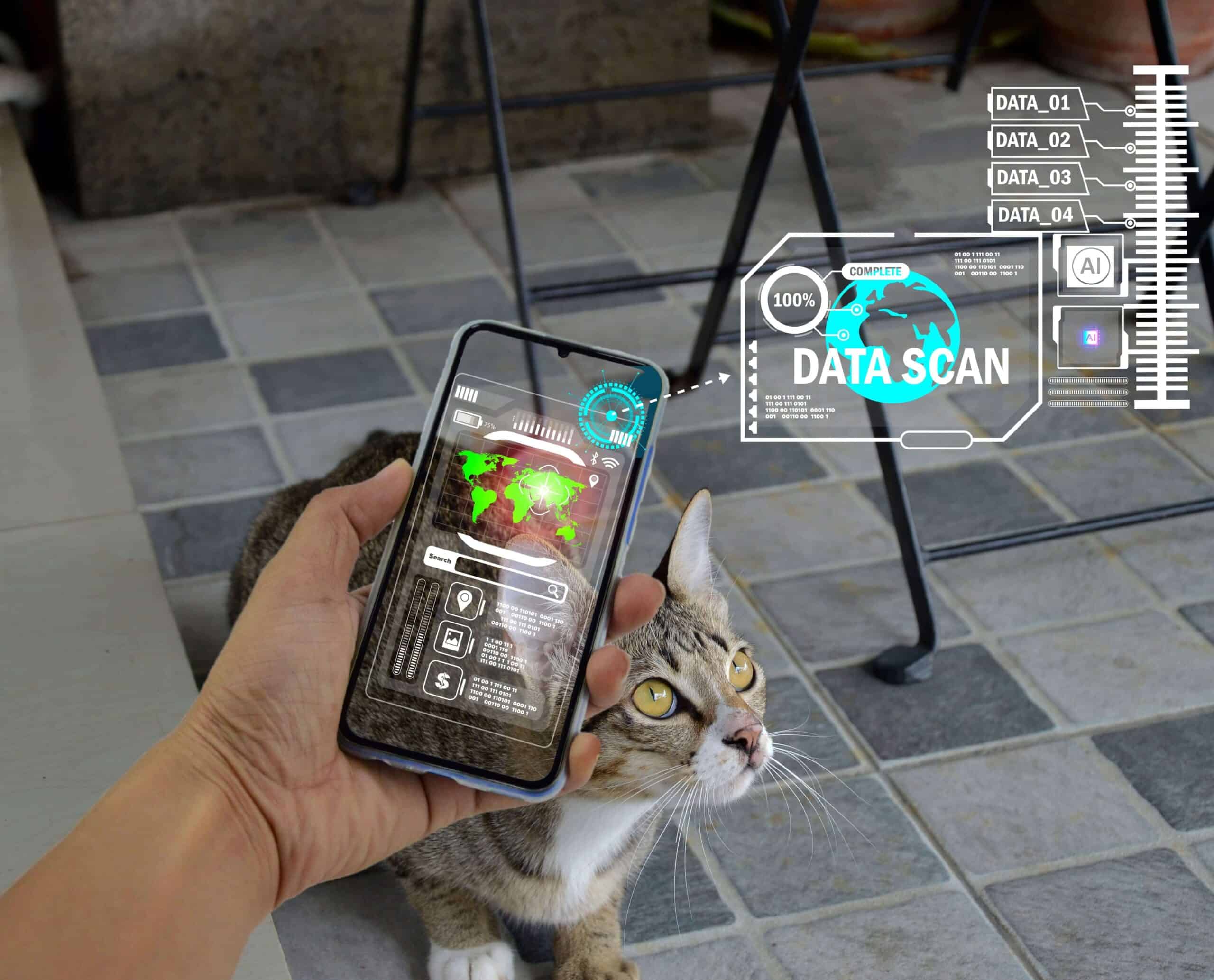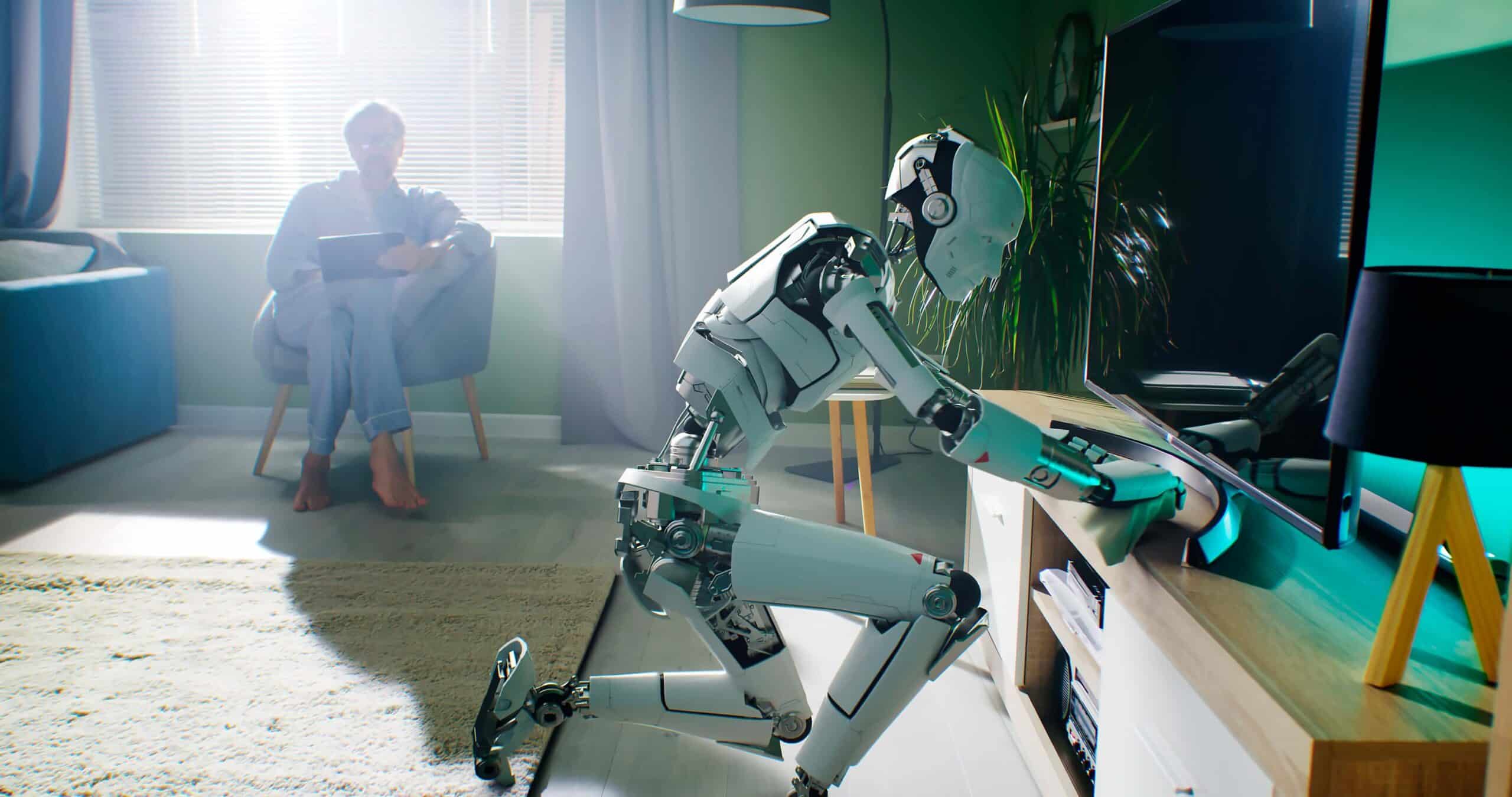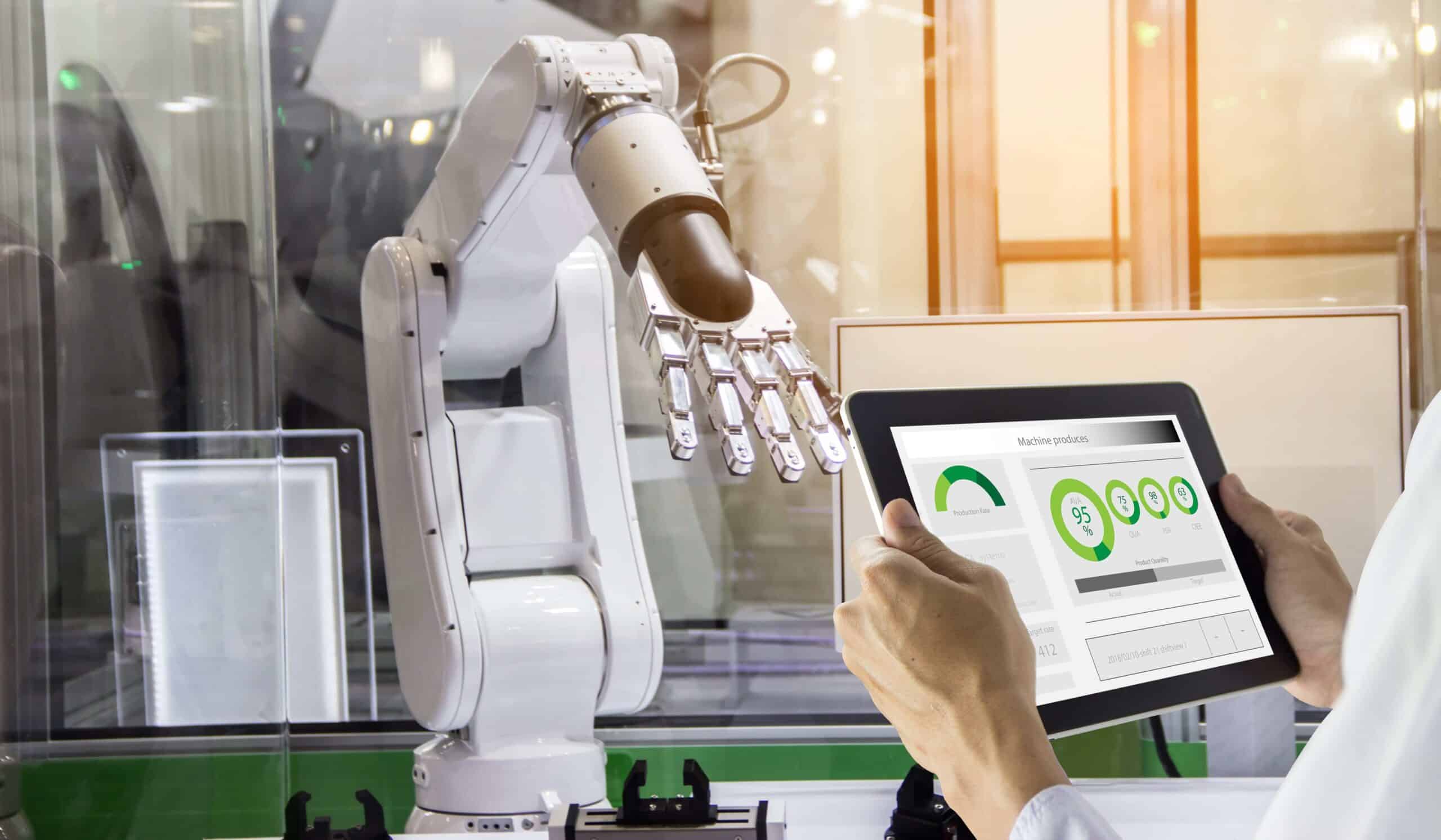- Biochips and other technology in your body
- Fly drones or move objects – we can do it with our minds
- From biochip and EEC mind control to brain implants: a logical next step?
- Implantable technology – what’s not to like?
- Technological singularity; there is no escaping it
We all use chips. Think of bank cards and identity documents. The development of this technology is of course ongoing. We’ll be seeing a future in which implantable technology is the most natural thing in the world. Bionic eyes, brain implants and biochips are already there. We are moving towards technological singularity – the merging of man and machine. Home sapiens becomes cyborg. In this article we take a look into a future where the most amazing things are possible.
Free trendservice
Biochips and other technology in your body
A biochip is a miniscule electronic device, no bigger than a grain of rice, which is inserted by means of an injection or surgically implanted in the body. The chip technology is already used for the identification of dogs and cats and it has been widely accepted for this purpose. Biochips and other tiny technology is however also becoming increasingly important in the medical world. The pacemaker is an example of such technology which was already fully accepted years ago. New technologies such as the electronic pill and the biochip have countless applications. It enables us to easily access patient information or data for medical examinations. In the future, the electronic pill can measure 160 different values in our bodies and contact our physician if something is (about to go) wrong. Another great example of technology ‘implants’ is Google’s smart contact lens which is especially interesting for diabetics. This lens measures the glucose levels in the blood, which eliminates the need for frequent blood testing. These kinds of contact lenses, of course, have countless other potential applications. A specially developed bionic lens can for instance enable us to see much better than with the naked eye and it even beats virtual reality.
Fly drones or move objects – we can do it with our minds
In America, some restaurants deliver pizzas by drone and there are drones that can follow you around. However, technology is becoming more and more advanced. Researchers at the University of Minnesota have recently developed software that enables you to control a drone with your mind. During an EEG study, five participants were asked to think about a certain direction. This activity was then stored in the software that controls the drone. When a participant then decided that the drone should fly to the right with the clenching of his fist, it actually happened. This incredible technological innovation can also help people with restricted mobility. The same type of technology is already used in computer games. You can perform simple tasks with your mind like move or pick up objects. An example is the MyndPlay technology which uses a special headband with EEG to monitor your brainwaves during a computer game. While the player focuses and relaxes his brain, the values are read by the headband. These values are then sent, via Bluetooth, to the computer to determine the character’s next move in the game. Researchers also use Myndplay to study emotional reactions. For instance, if you are nervous for a first date, this technology can actually help you keep your anxiety levels under control.
From biochip and EEC mind control to brain implants: a logical next step?
When you look at it objectively, the step from biochips and MyndPlay headsets to brain implants doesn’t seem all that significant. Or does it? Actually, it is usually a little different when it comes to our brains. However, if we look at what’s already possible with brain implants and all the other potential future applications, our resistance may soon disappear.
Jens Neumann, the first person in the world with an electronic eye, is a great example of what’s possible. In 2002, after years of research and experimentation, William Dobelle, biomedical researcher in neuroprosthetics, managed to connect a tiny camera to a brain implant – the Dobelle Eye. The technology used to restore eyesight is however still in its infancy and with the Dobelle Eye implant Neumann was only able to see lines and shapes. The implant regularly caused infections and after Dobelle’s death, Neumann’s brain was ‘disconnected’ from the external camera. Dobelle did however prove that inserting visual information into the brain is possible. He also proved that the technology is not yet suitable for practical applications.
Last year DARPA, the research division of the US Department of Defense, invested money into research into implanted chips. DARPA focuses on developing therapeutic devices for soldiers and veterans. The researchers indicated that, within the next few years, they want to implant chips in the brains of soldiers. With this, they hope to be able to provide a solution for brain damage, memory loss or PTSD. However, anonymous sources have also suggested that DARPA is planning to use these chips for artificial improvement: to create super soldiers.
Implantable technology – what’s not to like?
Some military units in America have already been ‘chipped’ and at some companies, employees are identified and are given access to their offices through chip implants. In the future, biochips will be the most natural thing in the world. Think of a biochip in your hand to replaces your credit card. Or a chip for each newborn child for medical purposes, to prevent it from getting lost or to keep it safe from horrors like human trafficking.
Whether good or bad, these new technologies require social and political discussions on how they can and should be applied. The possibilities of this technology have already progressed to an incredible extent. If the information stored on these chips falls into the wrong hands, there’s no telling what might happen. It could be used to monitor us and to change our personal information without us being aware of it. Chip implants could also be used to manipulate or even kill people, such as during a war. To say nothing of scenarios in which someone is trying to get their hands on our biochip.
Technological singularity – there is no escaping it
The concept of technological singularity, or the fusion of man and machine, is something many of us will initially resist. It actually only takes a small group of people to develop technology that will shape the future of the human experience with unprecedented speed. No matter your stance on the matter, there will be no escaping it.









